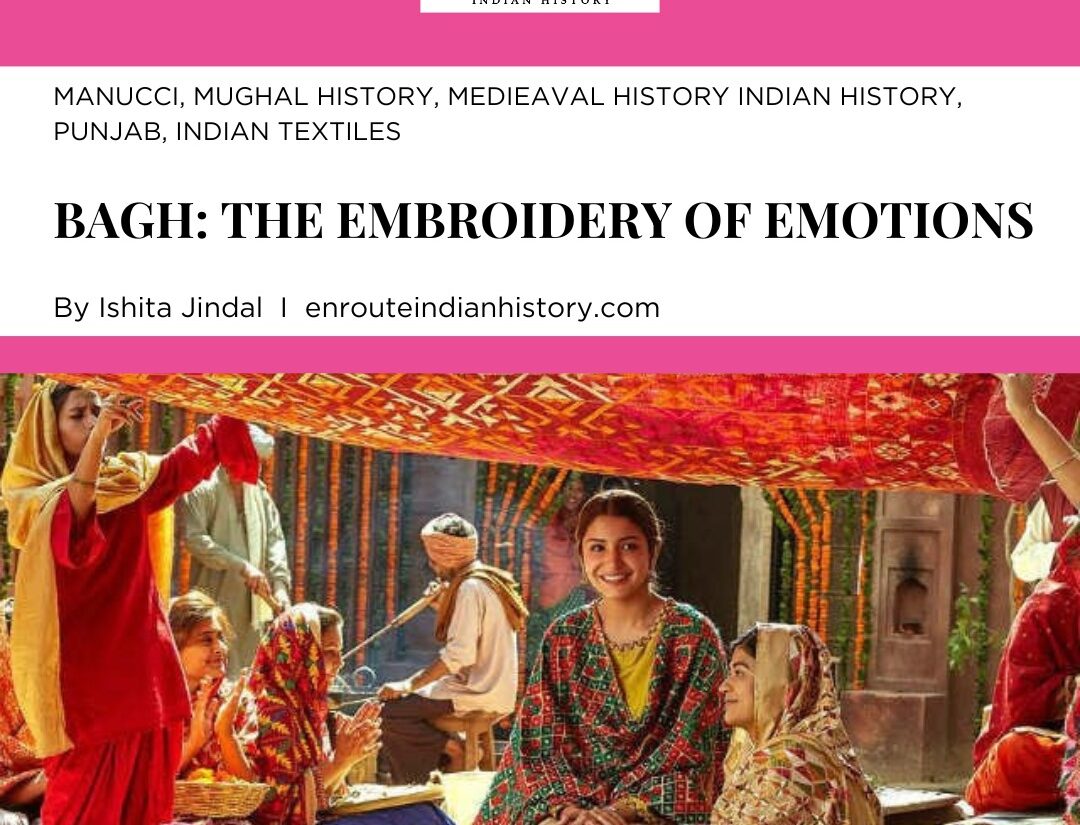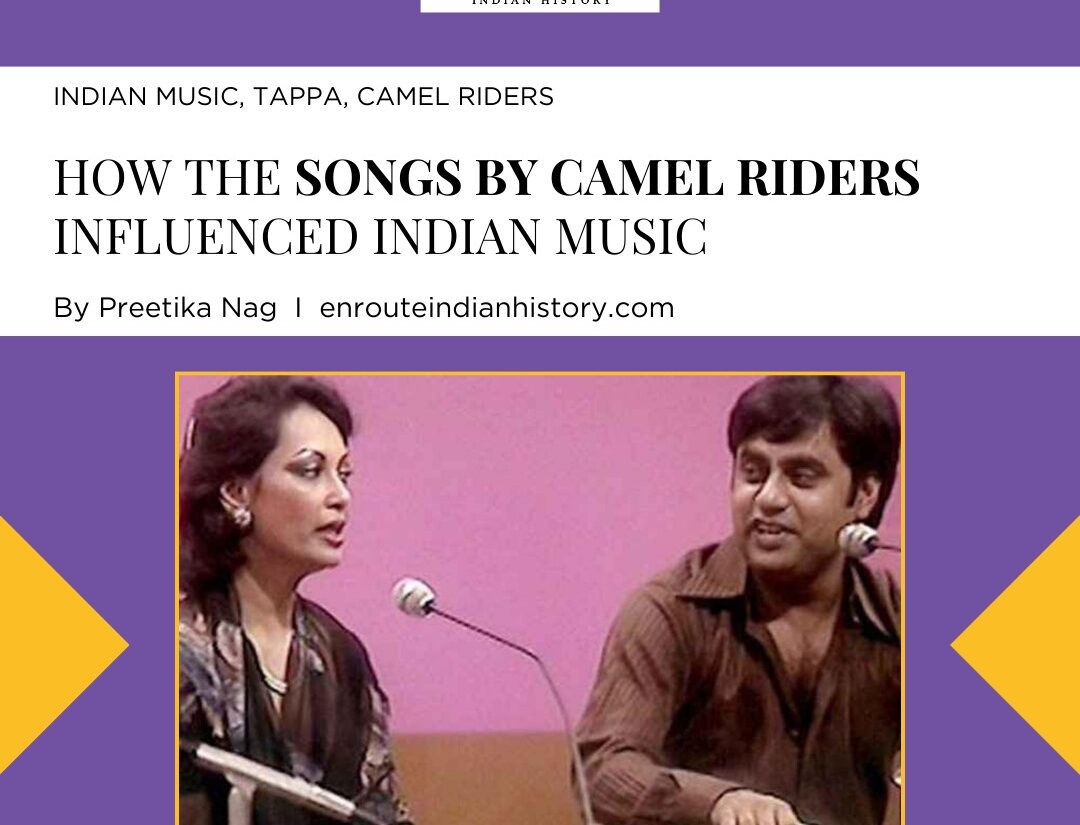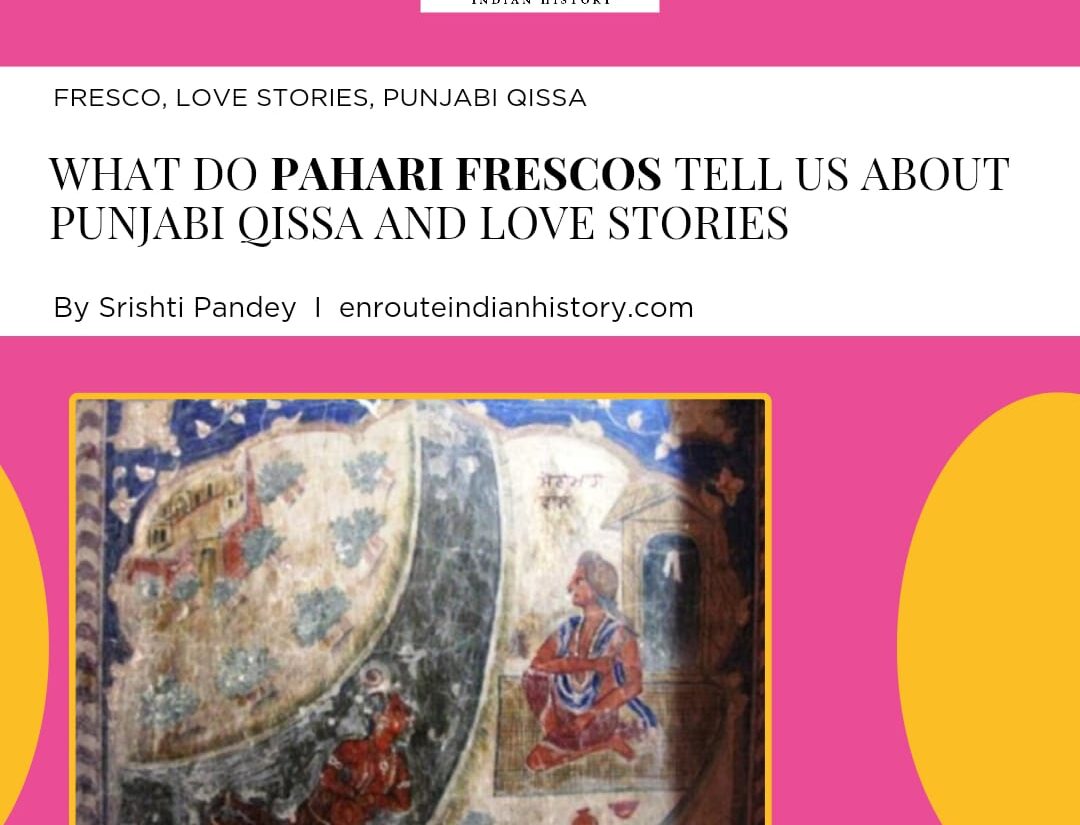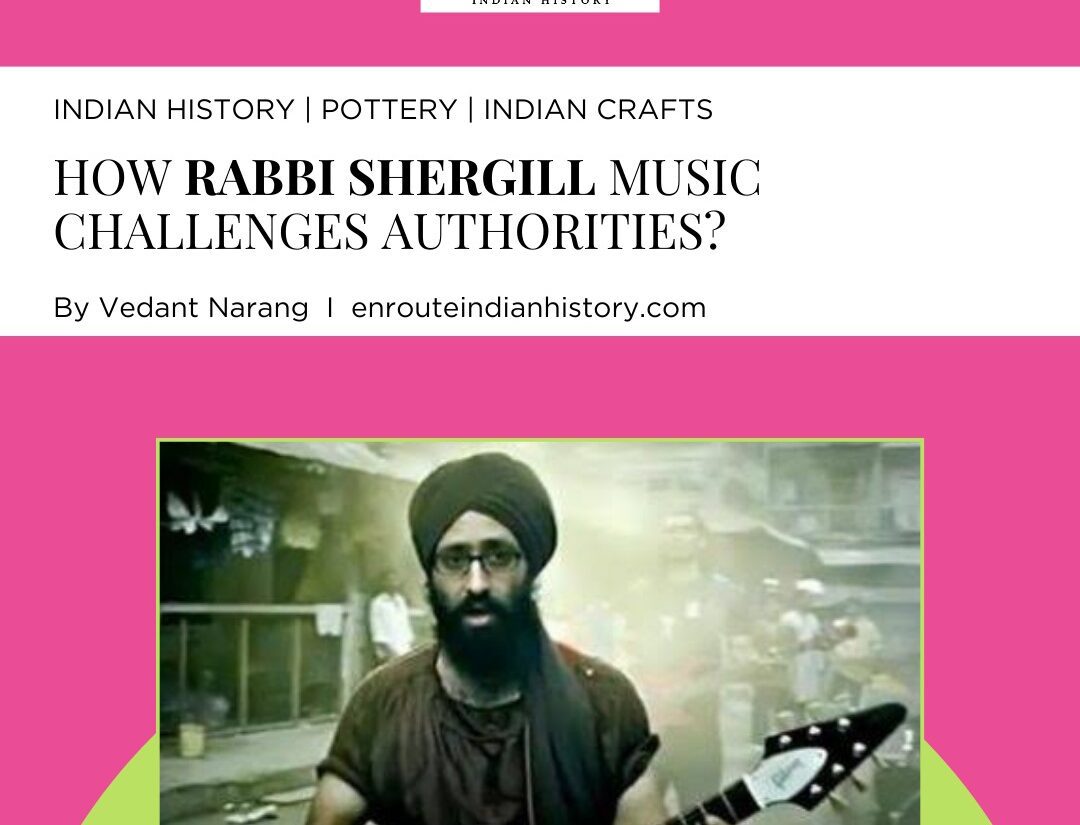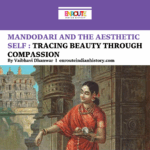India’s intricate relationship with spices forms a captivating narrative, tightly woven with threads of history, culture, trade, and culinary mastery. For millennia, spices have been the beating heart of India’s identity, leaving an indelible imprint on its historical journey. These precious ingredients bear not only culinary significance but also hold revered positions in the realms of medicine and religion. Nestled at the crossroads of ancient trade routes, India blossomed into a global spice hub, attracting merchants and explorers from far-flung lands. Spices, ranging from the fiery curries of the south to the fragrant biryanis of the north, have become the vibrant hues on the canvas of Indian cuisine. Beyond the kitchen’s realm, spices such as turmeric, cardamom, and saffron have evolved into cultural and religious symbols, intricately woven into rituals, perfumery, incense-making, and traditional medicine. India’s spice trade, an agent of exploration and discovery, has undeniably left an enduring mark on global cuisine.Speaking of spices, Garam Masala stands as a treasure within South Asian culinary traditions. This “hot blend of spices” finds its roots in the annals of Indian gastronomy, tracing back thousands of years to the Indian subcontinent.

Garam Masala
Its inception reflects the wisdom of ancient Indian healers who recognized the warming attributes of select spices, particularly valuable during the cold months to ward off chills and aid digestion. Early renditions of Garam Masala featured spices like black pepper, cinnamon, and cardamom, chosen not solely for their culinary allure but also for their perceived medicinal benefits. As time surged forward, and trade routes extended their reach, it underwent regional metamorphosis, adapting to the diverse tapestry of culinary customs across India. This regionalization birthed a diverse array of unique variations, each carrying its character and allure.

Ingredients for Garam Masala
There isn’t a single “most famous” Garam Masala blend, but rather several renowned regional variations in Indian cuisine. North Indian Garam Masala, with spices like cinnamon, cardamom, and cloves, is widely recognized. Punjabi Garam Masala is famous for its unique combination of spices like green cardamom and cinnamon. Bengal, South India, Maharashtra, and Rajasthan each have their own Garam Masala variations, adding diverse flavours to regional dishes. These blends reflect the rich and varied culinary traditions across India.
PUNJABI GARAM MASALA
The Punjabi Garam Masala is celebrated for its distinctive blend of spices and its central role in Punjabi cuisine. Comprising ingredients such as green cardamom, cinnamon, cloves, black peppercorns, and bay leaves, this blend orchestrates a harmonious symphony of sweet, warm, and gently spicy notes that define Punjabi dishes. What sets it apart is the meticulous toasting process; the spices are deftly dry-roasted before being ground, a ritual that elevates their flavours and infuses them with a tantalising aroma. Moreover, Punjabi Garam Masala distinguishes itself by being less hot compared to the “classic” masala, as it is devoid of red chilli peppers, focusing more on aromatics and less on heat. This blend enriches the canvas of Punjabi cuisine, marrying tradition with innovation. Within Punjabi families and communities, variations abound, with some incorporating exotic spices like nutmeg, mace, or dried rose petals, imparting their blend with a unique charm.
Punjabi Garam Masala, the quintessential spice blend, holds a hallowed place in Punjabi households, where it is regarded as an essential staple. Its presence is so deeply ingrained that homes would feel incomplete without it. Beyond its role in gastronomy, Punjabi Garam Masala embodies a symbol of togetherness. The process of crafting it often becomes a communal family activity that forges and reinforces bonds, mirroring the close-knit nature of Punjabi families. It is more than a spice blend; it is a cherished emblem of the rich culinary heritage that pulsates at the core of Punjab. During festive celebrations, this fragrant blend takes centre stage, ensuring that the vibrant traditions and flavours of Punjab continue to flourish and captivate generations to come.

Butter Chicken – Chef Ranveer Brar
Moreover, the spices commonly found in Punjabi Garam Masala, such as black cardamom, black peppercorns, and cloves, have been linked to various health-promoting properties. Black cardamom may aid digestion and alleviate respiratory issues, while black peppercorns are known for their potential digestive benefits and anti-inflammatory effects. Cloves have been associated with oral health and antioxidant properties. When incorporated into Punjabi cuisine, this spice blend not only elevates the taste of dishes but also potentially contributes to overall well-being.
DEBATED ORIGINS
It’s intriguing to note that a 2007 Economic Times article titled “How Garam Masala Symbolises India’s Culinary Traditions,” penned by Vikram, delves into the fascinating origins of this spice blend. Vikram explores the debate sparked by Maragaret Shaida’s assertion that Garam Masala has Persian roots, shedding light on the historical use of imported spices. What makes this even more intriguing is the relative absence of Garam Masala in the southern regions of India, which stands as an intriguing anomaly given its strong ties to Ayurveda. Vikram suggests that the inclusion of premium spices like cinnamon, cloves, cardamom, and mace in it points towards a preference for sophisticated flavours, underscoring its association with the opulence of the Mughal courts. This historical exploration adds layers of depth to the story of Garam Masala’s journey through India’s culinary tapestry.

Mughal kitchen – Tasneem’s Kings Kitchen
The blend holds a venerable status in Indian culture, transcending mere culinary utility to become an indispensable cultural icon. Its significance goes far beyond the confines of the kitchen; it is a thread that intricately weaves itself into the tapestry of Indian life.
References:
- “How Garam Masala Symbolises India’s Culinary Traditions”, Vikram Doctor, 2007, Economic Times
- “Punjabi Garam Masala”, Anita, 2007, A Mad Tea Party
- “Garam Masala: A Quintessential Spice Blend That Paved Its Way To Every Kitchen”, Tanisha Salwan, 2022, Slurrp, HT Media Labs
- February 22, 2024
- 10 Min Read
- October 13, 2023
- 5 Min Read
